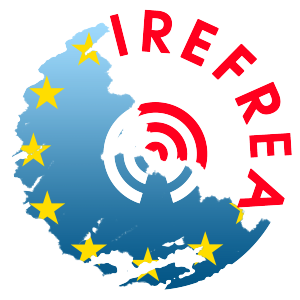Consumos e comportamentos sexuais de risco na noite de Coimbra.
Lomba, L., Apostolo, J., Loureiro, H., Graveto, J., Silva, M. & Mendes, F.
(2008) Revista Toxicodependéncias, 14 (1), 31-41
ABSTRACT
Aim: To characterize the consumption of psychoactive substances and sexual risk behaviour among young people in night recreational settings in Coimbra. Background: Recreation settings have become key places of socialization in which young adults participate actively. Yet the hedonistic culture associated with this social phenomenon has promoted the consumption of alcoholic drinks and the use of drugs, as well as the engagement in sexual risk behaviour.
Method: Sample: 143 teenagers were selected by variation of RDS (Respondent Driven Sampling), in the recreational settings of Coimbra.
Average age: 21,76; 51,05% male; 48,95% female; 81,12% university students. Instrument: Characterization of the Population Questionnaire, which integrates the ECRIP – “Study of recreative culture as a means of prevention“(IREFREA, 2006).
Results: The most used substances are alcohol (95,10%), tobacco (79,72%) and cannabis (65,73%). The average number of sexual partners per sexually active persons was of 2,66 (SD=3,57). In this group, 64,52% experienced sex under the effects of drugs. 40,33% never/seldom used a condom and 9,64% admitted not having used a condom due to being “drunk” or “stoned”. 14,60% had engaged in sexual activity due to the consumption of drugs and alcohol, having regretted it later. 26,61% undertook medical tests for STIs (Sexually Transmitted Infections).
Conclusions: There are high levels of drug and alcohol consumption and indicators of risky sexual behaviour. Young people are aware that some types of sexual behaviour are risky and acknowledge that the consumption of substances is a risk factor leading to such behaviour. Considering these results, local community intervention proposals are analysed and preventive implications are further discussed.



